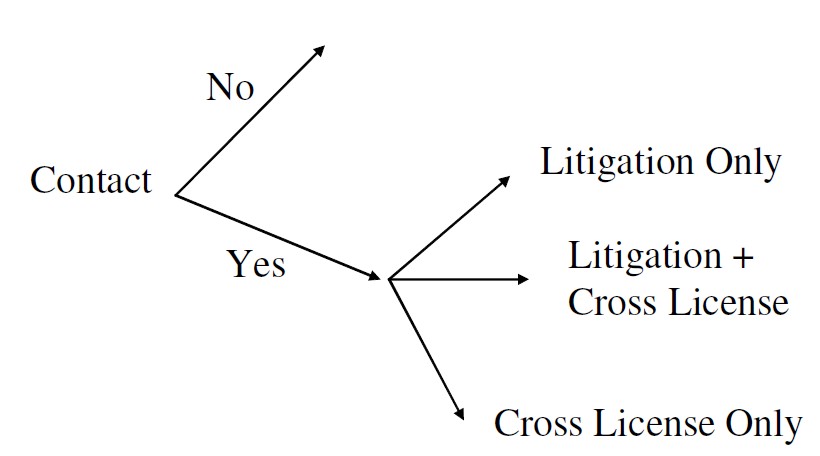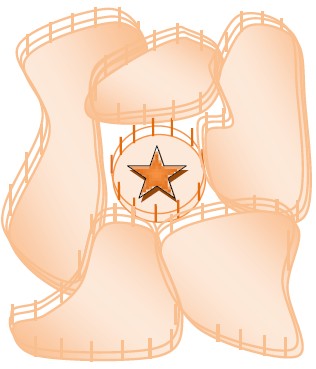SUBLICENSING

TYPICAL STRATEGIES
- Flat, moderate sublicensing rate for the length of the license.
- High up-front rate sublicensing rate — sometimes as high as 40%-50% — that steps down over three or four years as the sublicensee develops and adds value to the technology, remaining at the lower floor rate for the duration of the license.
- Flat but relatively high sublicensing rate of 30%-40% specifically for licensees whose business model is designed to attract sublicensees rather than to sell the technology itself.
- Many seek 'reach-through' (pass-through) royalties from sublicensees as their primary negotiating stance. Anyone who sells--an affiliate, a sublicensee, or the actual licensee--pays the same percentage.
- Reporting and payment of sublicense income requires due diligence on the part of the licensor. Irregularities in reporting sublicensing income occur often, so licenses should allow for regular audits of sublicensing income.
CROSSLICENSING
Cross-licensing can dilute royalties

...but reduce litigation.

...and patent thickets.
- When a licensee offers a sublicense for a given technology and receives a cross-license as partial consideration, the monetized royalty rate for the technology is reduced.
- Reciprocal non-assertion clauses typical.